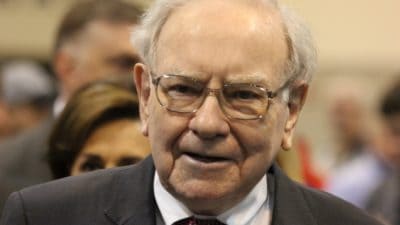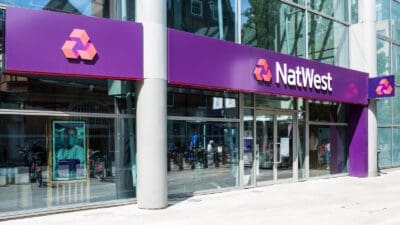Take the profitable pizza brand Domino’s, replicate it abroad, invest heavily in a rapid rollout and then rake in the profit. Many investors were attracted by the investment thesis behind DP Poland (LSE: DPP) when it listed on AIM back in 2010, and who can blame them? After all, the UK-based Domino’s Pizza Group has smashed the market by delivering wonderful growth, cash-flows and 20% operating margins for years now.
I was tempted too but I’m glad I never bought shares because the £63m small-cap has failed to even hit break-even, let alone replicate the outstanding results of its UK namesake.
The company opened 13 stores in the first half of this year for a total of 48. Revenues jumped 49% over the period to £4.4m, yet this meteoric rise somehow had a negative effect on the bottom line: the company recorded a growing loss of £1.1m.
At least the balance sheet is solid with £8.8m in cash and negligible debt. Of course, this has not been generated by operations but by a number of placings over the last few years to maintain this unprofitable rollout. I would not be surprised to see the company return to shareholders cap-in-hand again in a few years.
Like-for-like sales were strong and have grown for 19 consecutive quarters, so perhaps one day the chain will thrive. Until I see the positive growth narrative reflected in the figures, however, I’ll be avoiding the shares.
Beware honeyed ‘highlights’ figures
Investors beware – highlights or adjusted figures can be very misleading. Take YouGov’s (LSE: YOU) FY17 highlights. The company reported an adjusted operating profit of £14.5m on revenues of £107m for 10.9p EPS. If we took these figures as gospel then the company trades at a P/E of 28 which would not seem unreasonable for a firm that grew revenues by 21%, all-the-while achieving a 13.6% operating margin.
If we look at the statutory figures, however, otherwise known as the actual financial results of the company, basic earnings per share come in at 4.4p – less than half the figure first presented to investors – and the operating margin is a less enticing 7%.
The big question then, is whether or not the adjustments made are fair. The most significant adjustment was for the amortisation of intangible assets. Sometimes it is fair to adjust out amortisation, but in this case I believe it is inappropriate and does not paint a clear picture of underlying operations.
You see, the company capitalises plenty of spend each year, often including internal software development costs. This is perfectly in line with accounting practices, and is designed so costs not related to ongoing operations – such as the development of new services – do not get recorded as a cost on the income statement and therefore don’t impact profit immediately.
Usually these costs impact the income statement over time as they are amortised, smoothing out their impact. I’d therefore argue that the company’s adjusted figures shouldn’t exclude amortisation. After all, the company spends cold, hard cash on these capitalised activities practically every year and it should surely be represented somehow in these highlights.
These headline figures don’t take that into account, therefore presenting the business in a rather flattering light, in my opinion. If we value the company on its EPS of 4.4, the P/E is 69 and that, in my book, is a ludicrous price.







